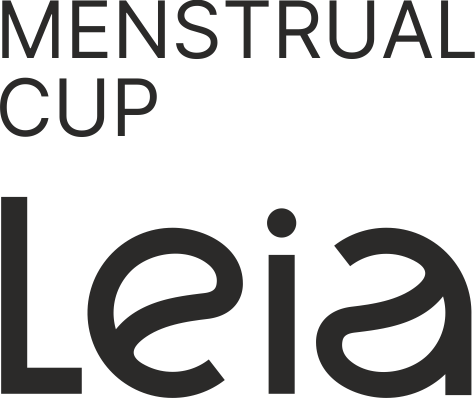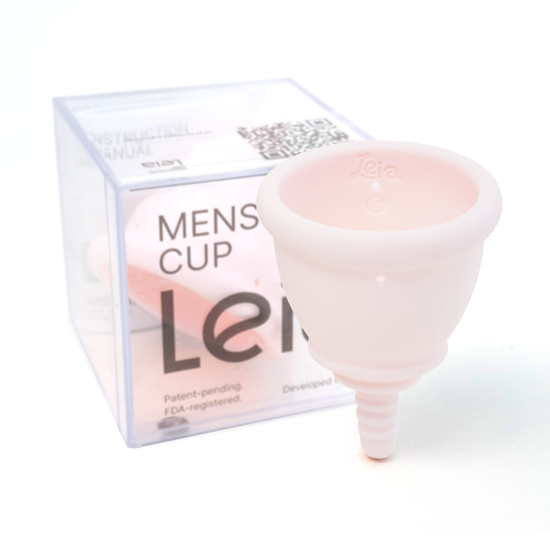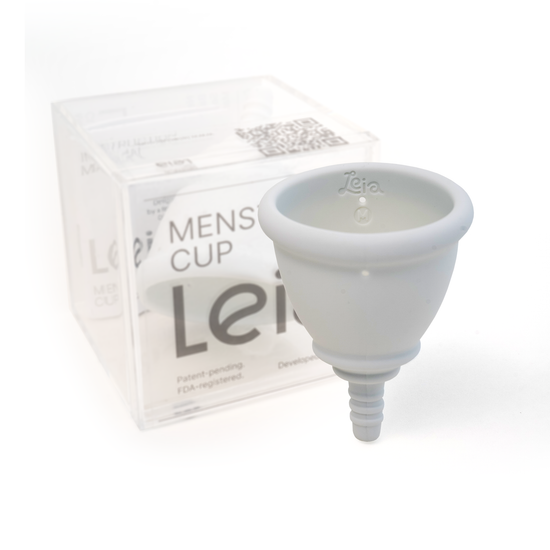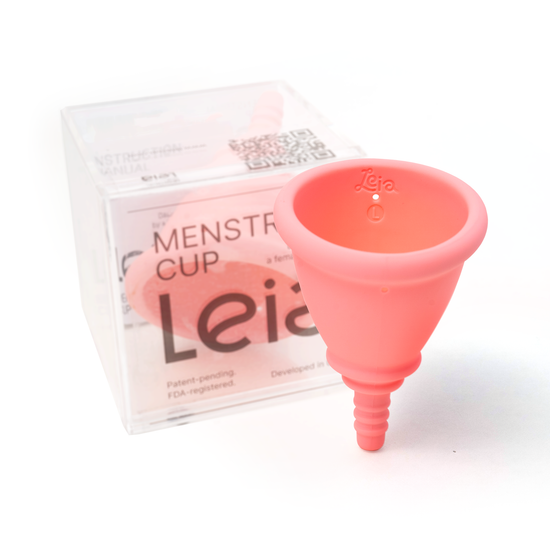
UNDERSTANDING TOXIC SHOCK SYNDROME (TSS) AND ITS LINK TO MENSTRUAL PRODUCTS
Toxic shock syndrome (TSS) is a life-threatening condition that rapidly develops due to the presence of toxins produced by bacteria. The syndrome is characterized by the body’s reaction to bacterial toxins. Symptoms include:
- A high fever (102 degrees Fahrenheit / 38.9 degrees Celsius).
- A rash on the soles of the feet and the palms which peels and sloughs off 10-14 days after appearing.
- Low blood pressure (hypotension).
- Gastrointestinal (GI) dysfunction (such as diarrhea and vomiting), impairment or complete failure of other organs and bodily systems, and neurological symptoms (including headache, confusion, and loss of consciousness).
As a patient’s condition worsens, they run the risk of coma or death.
The main causes of TSS are:
- Golden staphylococcus (Staphylococcus aureus), particularly its methicillin-resistant strain (MRSA), which is resistant to most available antibiotics.
- Pyogenic streptococcus (Streptococcus pyogenes), also known as beta-hemolytic streptococcus from group A (BHSA).
In the year 1980, substantial research on occurrences of TSS provided meaningful data on the linkages between TSS and menstrual care products. That year, the CDC (Centers for Disease Control and Prevention in the USA) presented a report on 55 cases of TSS. 95% (52 people) of those affected were women, and the majority of them started the illness during menstruation. A nationwide investigation was launched, which identified 3295 cases of TSS.
In June of 1980, a separate report was published indicating a link between TSS and the use of tampons. The main risk factors were the absorbency of the tampons and the length of time they were used without being changed. Tampons associated with a particular brand were identified, due to their component materials, as being particularly dangerous. In September of 1980, the brand recalled its product from the market.
The tampons used by the patients affected by TSS women were actively multiplying the presence of streptococci and staphylococci, which produced the dangerous toxins. After the investigation, the incidence of TSS among menstruating people rapidly declined. Deaths related to menstrual TSS, which comprised 5% of the reported cases in 1980, were also reduced to zero by the end of the 1980s. However, despite the redesign of tampons and alterations in the materials used, the presence of synthetic fibers used in most designs can still increase the chances of toxins forming.
Use of menstrual cups can help minimize the risk of developing TSS. This is because menstrual cups do not affect the vaginal microflora, and the materials that menstrual cups are made of do not interact with toxin-producing bacteria. According to a 2019 article published in The Lancet, there have been only 5 cases of TSS reported with the use of menstrual cups. This compares favorably with thousands of cases of TSS reported with tampon use.
In providing this information, we are hopeful to help increase awareness of TSS risks and aid in the decision process of which menstrual care products are most suitable and safest for use.



